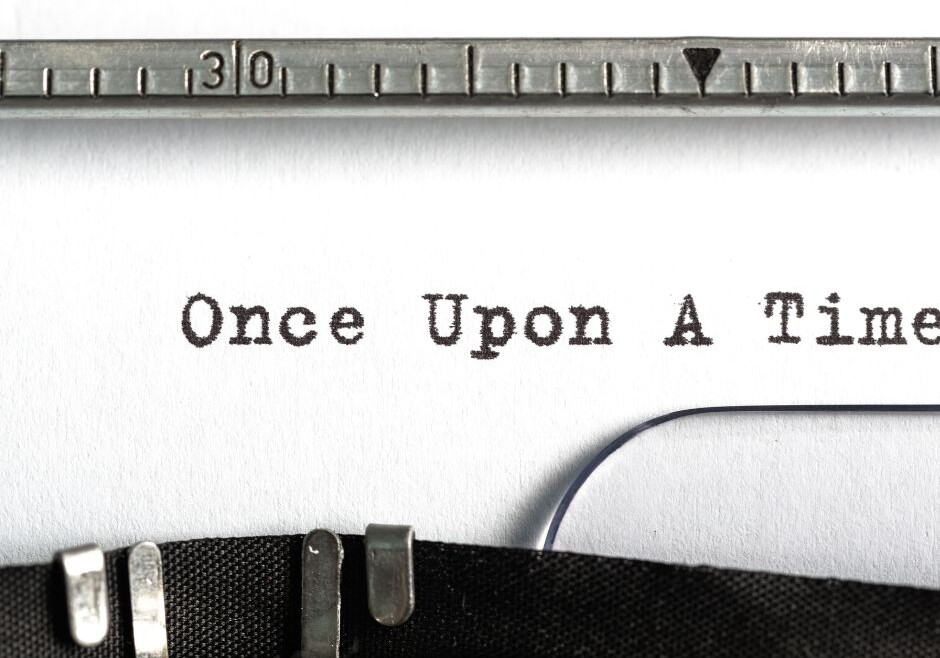FerroCity Blogs
Check out the latest in our Blogs & Featured Podcast Profiles
YOUR NEW IDEA IS A COLLABORATION

Today’s smartphones didn’t just appear on the market and radically changed the world. Several instrumental developments had to happen prior. Actually, nothing just happens on its own. There is always a sequence of events before what is perceived as the major event. Whether it’s technology, medical advancement, music, story or film, they are all influenced by prior events.
In the case of smartphones, their actual beginnings could be identified with pager technology, “beepers.” during the 80s, pagers were at the height of their popularity. This awoke a market need for remote access to an individual. Even though they could only receive and display a small alphanumeric message, it was enough to get the ball rolling.
The next prominent event was the introduction of cellular communication technology to the mass market. The concept of communicating bidirectionally with an individual rather than a location (home or office) was a game changer. Now, you could reach out and touch someone wherever they were without having to leave a message on an answering machine in hopes you’d get a callback.
Compared to today’s cell phones, those initial cell phones were primitive. Even with their limited functionality, it opened the door to a multibillion-dollar industry, person-to-person communications. The ability to communicate directly to an individual anywhere from anywhere became the accepted way of life. Cellular communication went from gimmick to necessity in the blink of an eye.
The next contributor to the smart phones’ personal communication revolution came from two other tech evolutions, “the personal computer” and “the internet.”. Those technologies allowed users to compose and digitally transmit written commutations, “email.”
Added to those evolutionary advances came digital music, cameras, and video. Suddenly, the world was available on a thumb drive.
A smart guy at Apple (Steve Jobs) saw the commercial NEED to blend all those technological evolutions into one device. On January 9, 2007, the iPhone was introduced to the world. Apple has since been identified as inventing the smartphone (actually, an IBM engineer, Frank Canova, built the first smartphone prototype). Apple should be recognized as being the first company to combine several existing products into one package.
The point of my smartphone evolution story is when you scratch the surface of any single idea, you will find a long list of ideas and concepts that preceded that single idea. As I said earlier, this holds true for technology, a story, a song, or a scientific breakthrough. All of us are influenced or enlightened by the world around us. Each new idea is usually built on the ideas of others.
The uniqueness comes when you identify a NEED and then look around to find a new solution that can be applied to that NEED. Apple did not invent all those technologies, but they did recognize that there was a NEED to combine them into one device.
Rock and Roll music wasn’t just pulled from the air. It was the blend of several musical influences that had evolved over time. Rock and Roll was born based on the NEED of teens looking for a generational identity. And if you think I’m going to jump into the battle of who was the first person to introduce this new musical style, you’re nuts!
I have lived long enough and spent time in several different industries, witnessing first-hand the repeated process of success arriving when a NEED is identified. Then, the solution is processed from blending existing ideas or products into a new single package.
As you scramble to be the first to market with a new idea, I’ve learned a couple of things you might want to consider along the way.
1. You must ensure that your solution isn’t more than ten percent new. If it is, you will spend more time explaining the WHY it’s important rather than the HOW it corrects an identified NEED or does something more manageable or quicker.
2. That the NEED and solution you identified are executable. How often have you heard people talk about their great idea, like a car running on perpetual motion, without a physics background? Or the guy in the 80s who thought he could take a “Hot Dot” guitar transducer, glue it to a drumhead, and trigger a synthesizer. WAIT! The guy was me, and it actually worked.
The points I’ve been dancing around are:
- Dreaming up blue sky ideas, ideas with no limits, is awesome.
- Dreaming up ideas that correct a NEED better yet.
- Dreaming up an idea that corrects a NEED and you have the drive to develop the first-generation solution, perfect.
- Dreaming up an idea that corrects a NEED, you can develop the first-generation solution and bring it to market! You just hit the winning trifecta.
Remember, ideas don’t have to be a physical widget. New musical styles, painting styles, and even thoughts about ancient aliens’ podcasts are all new ideas that might fill a NEED.
Never stop dreaming up ideas, blue sky, or practical. Keep a list of those ideas and date each idea. Refer to your list regularly, pick some you think you can develop, and give it a shot.
Referencing that list will open your mind to new and visionary opportunities that may fill a NEED.
